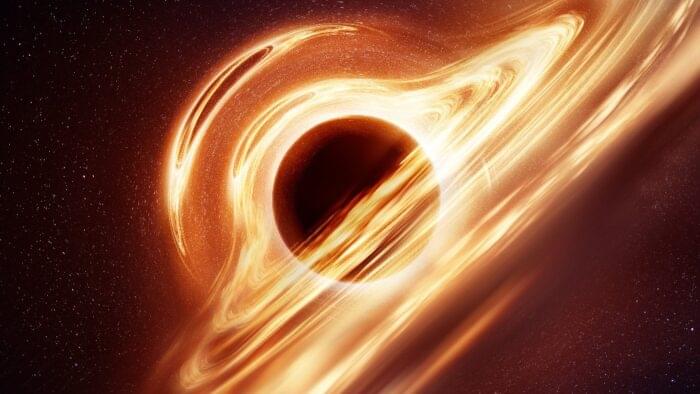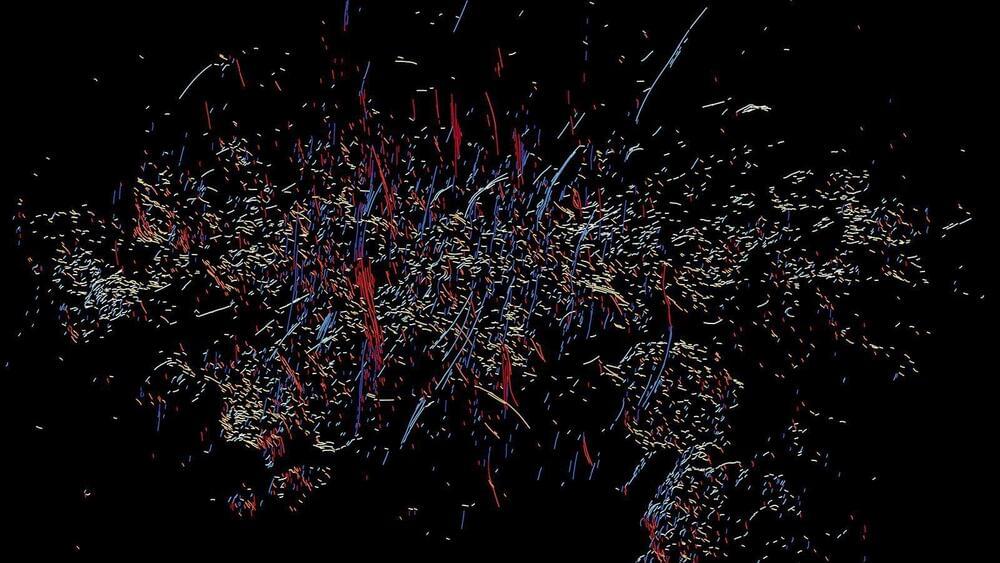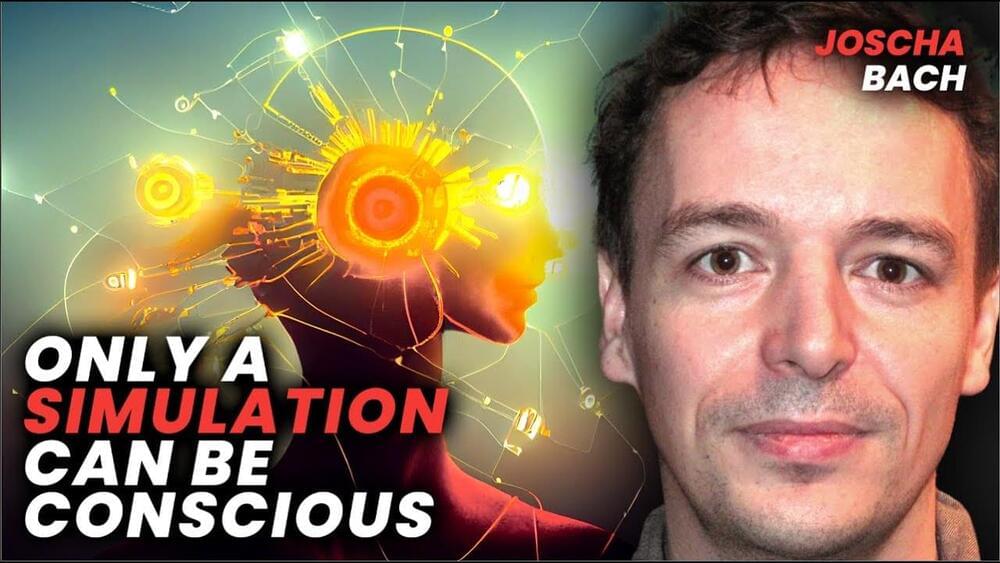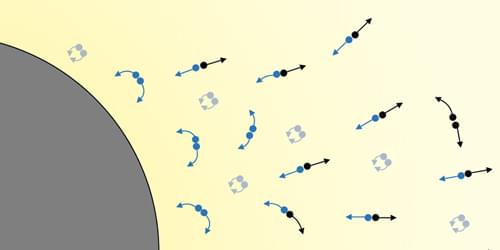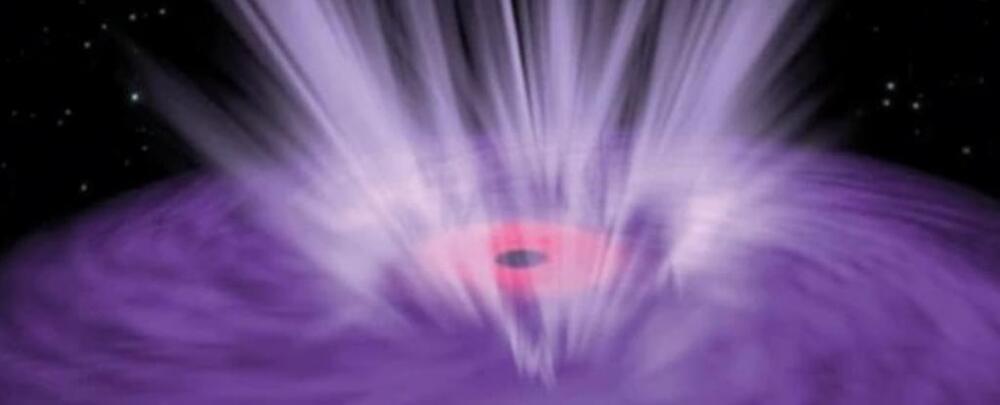Euclid is ESA’s mission to shed light on dark matter and dark energy, but teams at the Agency’s mission control centre in Darmstadt, Germany, are also in the dark. A series of problems have befallen the mission in pre-launch simulations.
Currently about halfway through the Euclid simulations campaign, the key focus in the Main Control Room is the Launch and Early Orbit Phase (LEOP) and spacecraft commissioning.
These are the two most critical moments in a mission’s life; as it wakes up after the rigours of launch, makes its first manoeuvres towards its target destination and as its instruments are commissioned.

